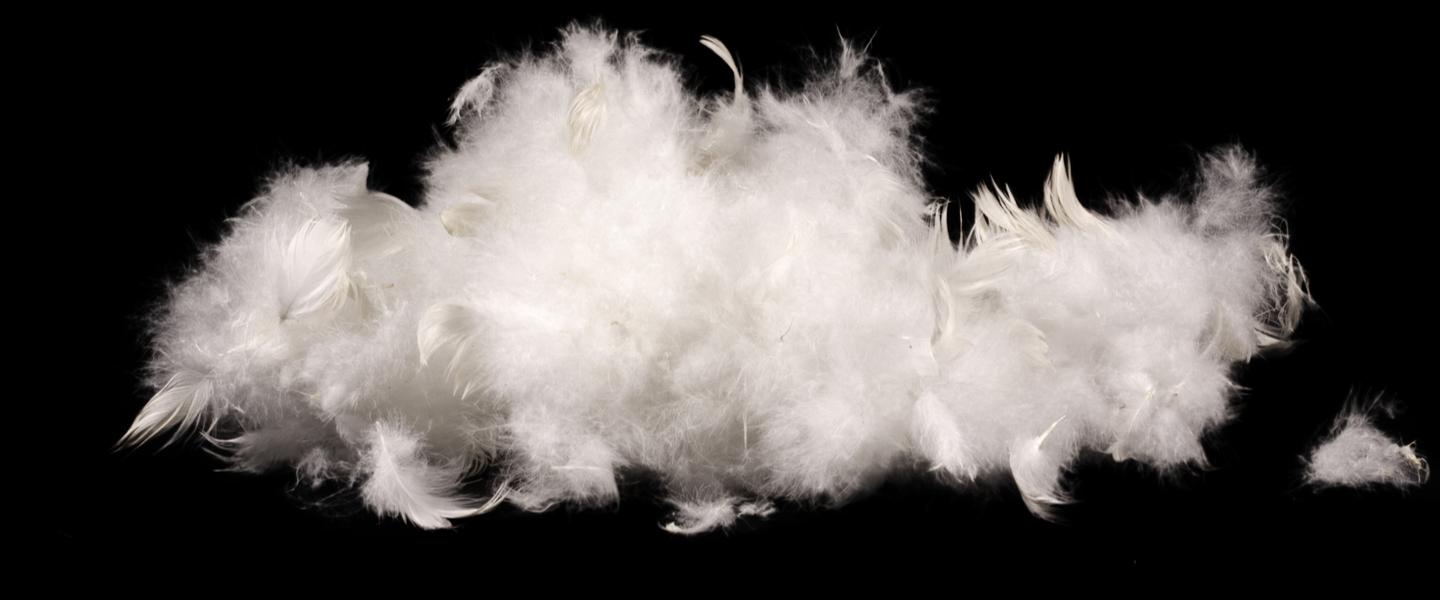Down Vs Feather Pillows: What’s the Difference?
When it comes to getting a good night's sleep, pillows are an essential factor that makes a huge difference in your overall nightly comfort.
When deciding what kind of pillow to buy, you may have some questions. What are my options? What is a down pillow vs a feather pillow? Are down pillows suitable for me and my needs? No single type of pillow is the right choice for everyone. Luckily, we have some information that can make your choice an easy one.
There are significant differences between down pillows and feather pillows that may decide which one is best suitable for you. Whether you’re concerned about the lifespan or comfort level of your pillows, we have the answers.
What Are Down Pillows?
You may have heard of down pillows before, but what exactly is a goose down pillow or duck down pillow?
Historically, down feathers come from different species of wildfowl such as seabirds, ducks, geese, and gulls. In modern times, most down feathers come from domestic geese and ducks.
The down of a bird lies beneath its tough, sturdy feathers. Down is found closest to the skin and is typically in abundance on a bird's underbelly. When plucked, the result is a delicate, fluffy cluster containing no quill. These clusters are an ideal filling for pillows.
Down pillows have “fill power”, which can determine your pillow’s overall quality and lifespan. Because geese are larger animals that produce bigger clusters, goose down pillows have better “fill power”.
What Are the Pros and Cons of Down Pillows?
Pros
- Durability - Down pillows are durable and typically last for over five years when properly cared for.
- Comfort - Soft like a cloud, down pillows provide the optimal comfort for a good night's sleep.
- Biodegradable - Down pillows are environmentally friendly because their filling is all-natural.
- Allergy-free - Naturally, these pillows are non-allergenic or hypoallergenic. It’s a myth that down and feather pillows cause allergies unless you’re specifically allergic to the bird the feathers come from.
Cons
- Costly - The price of down pillows is often much higher than other pillows on the market.
- Not vegan - if you're looking for an animal-free product, you should look to synthetic fillings, as opposed to feather and down. However, if you opt for a natural filling, you can be assured that all of Sleepseeker's feather and down products are ethically sourced from within the UK and EU.
- Heat retaining - For people that are frequently cold, this might not be an issue. However, if you’re a hot sleeper, down pillows can retain more heat than your average pillow. Many down pillows sold today are less dense, so you may not have this problem.
- Lacking firmness - Because they’re incredibly soft, down pillows don’t give a lot of neck support. They contour your body, which people either prefer or dislike.
What Are Feather Pillows?
Feather pillows use feathers gathered from the wings and backs of ducks and geese. Outer feathers are firm and have quills, which lead to overall firmer pillows. Despite this, duck feather pillows and goose feather pillows can still feel soft and fluffy. Over time, the feather quills can begin to poke through out of the pillow, to help protect against this, you can use a quality cover for your pillow thats over 230 thread count cotton. A pillow protector is also a great way to protect yourself over time from feather quills.
Feather pillows have been used for centuries and are often combined with down to make them softer and more comfortable.
What are the pros and cons of feather pillows?
Pros
- Long-lasting - Feather pillows have a longer lifespan in comparison to synthetic ones. With the proper care, they last over ten years.
- Machine-Washable - Most feather pillows are machine-washable. Be sure to check the care instructions before attempting to machine wash or dry. Discover more about cleaning with our how to wash feather pillows guide.
- Body contouring - soft feather pillows are perfect for conforming to the shape of your neck and head.
Cons
- Quills - As feather pillows age, the quills may start poking through their casing. To prevent this, it’s a good idea to purchase a thick pillowcase or protector.
- Costly - In comparison to synthetic feather pillows, they can be pricey.
- Flattening Over Time - Feathers can naturally begin to align or lay flat after continued use. Regularly taking care and washing your feather pillows can keep them in shape and plump for longer periods of time.
How Are Down Pillows Different from Feather Pillows?
There are significant differences between down and feather pillows. Both have equal benefits; your choice will mostly depend on your personal preference.
The most significant difference between the two is the quills. Feather pillows are the majority made up of quills, while down pillows are not. The overall structuring of a feather pillow is sturdier, but you may need to manually fluff it often to prevent uncomfortable positioning of the quills.
Some people prefer to only buy feather pillows for decorative purposes to avoid the possibility of being poked by a quill through their pillowcases.
If you sleep on your stomach, you may prefer to use a down pillow because it compresses well. If you typically sleep on your side, a feather pillow might be better for you because it offers more support. There are also combination feather and down pillows on the market.
It’s common for feather pillows to have a small percentage of down in the filling, so make a note to check the ratio while shopping if you have a preference.
The other big difference is the level of support the pillow offers. The higher the down content the softer the pillow. Sleepseeker recommends no more than 80% down as the 20% feather provides some structure giving a better overall sleep experience.
Why Should I Buy a Down Pillow?
Because of their soft filling, sleeping on down pillows is a cloud-like experience. They can be extremely snuggly and have great moldability to provide comforting support wherever you may need it.
They are long-lasting, so with the proper care, you won’t need to buy a new one for a very long time. Although they have a typically high price tag, the investment is worth it because you won’t have to buy another one for a long time.
Another significant advantage to buying down is that it’s a sustainable and biodegradable option. When your down pillow has lived a full life, you can pour the feathers into a compost bin. It’s comforting to know your purchases won’t cause harm to the environment or end up in a landfill.
Down has been used to retain heat for centuries. If you live in a cold climate, a down pillow might be suitable for you. Down creates thousands of tiny air pockets that trap heat, keeping you nice and toasty.
Who Are Down Pillows Suitable for?
Down pillows are best for people that feel most comfortable on a soft, fluffy surface. Down pillows sink below your head and shoulders, contouring your body. If you prefer less elevated support that’s gentle, down might be the way to go.
Your sleep position has a lot to do with whether or not you like or dislike down pillows for regular use. Back and stomach sleepers typically find down pillows ideal because they don’t offer too much loft.
When you sleep on your stomach, you apply pressure to your neck and spine. A firm, synthetic pillow without much give can cause severe pain and long-term damage. Only soft, malleable pillows reduce the strain put on your back while sleeping on your stomach.
In comparison to synthetic fibres, down pillows are highly pliable. You can position them and fluff them any way you’d like. You can’t change the shape of synthetic fibre pillows as easily because they’ll usually retain their shape.
Down pillows require some upkeep, so be sure to keep that in mind before purchasing. Some of the requirements are frequent fluffing, once a month air-drying, and airing them out outside regularly. If you’re not the type to maintain proper upkeep, a down pillow might not be for you.
How Can You Tell If Down Pillows Are Ethically Sourced?
Feathers and down are animal by-products. For down to be deemed ethically sourced, live-plucking and force-feeding is prohibited. For a long time, people paid little attention to the cruel treatment of ducks and geese in the production process.
Even if plucking doesn’t result in death, it’s still considered a cruel process because of the pain it inflicts on the animals. Once people became aware of this, many distributors changed their standards.
Ethical down products are certified by organisations to ensure the manufacturer didn’t inflict any unnecessary harm on the animals. RDS (Responsible Down Standards) and Global TDS (Global Traceable Down Standard) are two such organisations cooperating with animal welfare groups. There are other organisations out there that differ based on the country. Distributors choose to opt for these standards, so it’s not a legal obligation as of now.
In Europe, live-plucking is strictly prohibited. Most down feathers from Europe are from ducks and geese that are going to be used for meat. Because of this, there is no need for live-plucking.
In China, where over 80% of down comes from, live-plucking still occurs. Videos have been released of this happening in recent years, although their retail suppliers were supposed to be certified by RDS. All of Sleepseeker's feather and down products are made with responsibly sourced feather from within the UK and EU which is compliant with the European Down and Feather Association (EDFA) regulations and Traceability Standard.
Discover more about duck vs goose duvets and the difference between feather and down duvets to decide if these are the best duvets for you.
What's trending now...
-
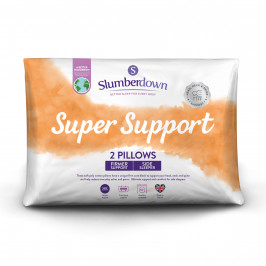
Slumberdown Super Support Firm Support Side Sleeper Pillow, 2 Pack
£17.00
Shop Now -
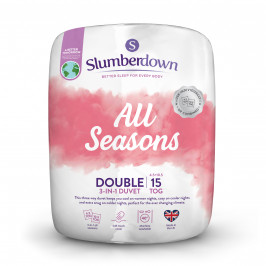
Slumberdown All Seasons Combi 15 Tog (10.5 + 4.5 Tog) Double Duvet
£30.50
Shop Now -
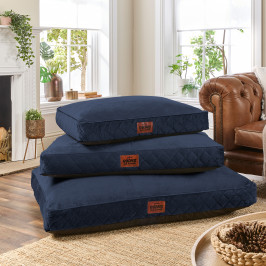
Slumberdown Paws for Slumber Navy Pet Bed, Large
£49.00
Shop Now -
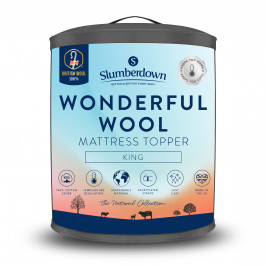
Slumberdown Wonderful Wool Mattress Topper, King
£60.00
Shop Now -
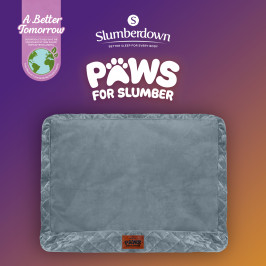
Slumberdown Paws for Slumber Extra Large Pet Bed Spare Cover, Grey
£20.00
Shop Now -
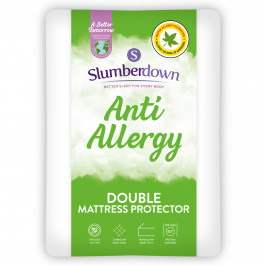
Slumberdown Anti Allergy Mattress Protector - Double
£20.50
Shop Now -
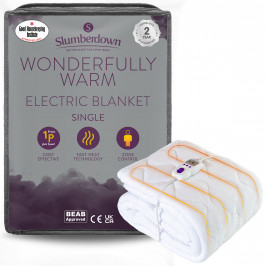
Slumberdown Wonderfully Warm Electric Blanket - Single
£60.00
Shop Now -
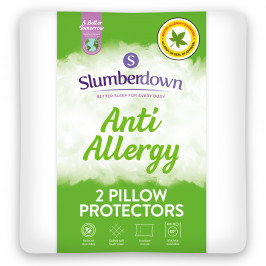
Slumberdown Anti Allergy Pillow Protector - Pack of 2
£15.50
Shop Now -
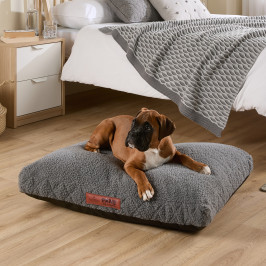
Slumberdown Paws For Slumber Sherpa Pet Bed, Medium
From: £25.00
Shop Now -
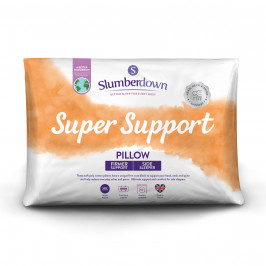
Slumberdown Super Support Firm Support Side Sleeper Pillow
From: £17.00
Shop Now -
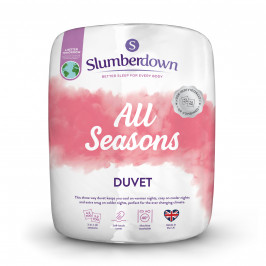
Slumberdown All Seasons Combi Duvet
From: £25.50
Shop Now -

Slumberdown Paws for Slumber Large Pet Bed
From: £49.00
Shop Now -
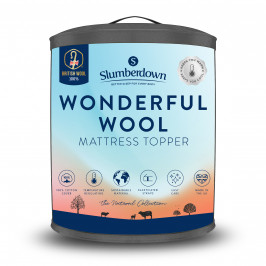
Slumberdown Wonderful Wool Mattress Topper
From: £54.50
Shop Now -

Slumberdown Paws for Slumber Extra Large Pet Bed Spare Cover
From: £20.00
Shop Now -
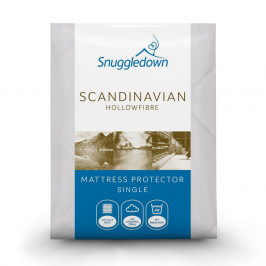
Snuggledown Scandinavian Hollowfibre Mattress Protector - Single
£14.00
Shop Now -
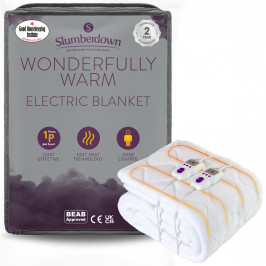
Slumberdown Wonderfully Warm Electric Blanket
From: £60.00
Shop Now -
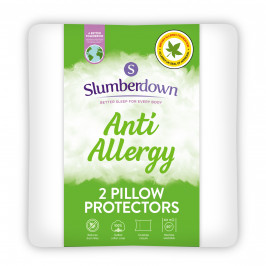
Slumberdown Anti Allergy Pillow Protector
From: £15.50
Shop Now -
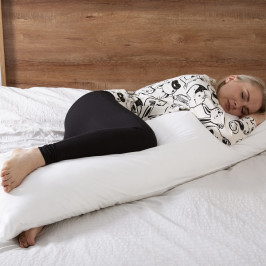
Slumberdown Body Support Pillow, 1 Pack, Includes 100% Cotton Pillow Case
£20.00
Shop Now -
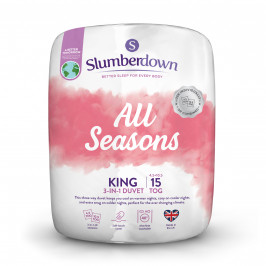
Slumberdown All Seasons Combi 15 Tog (10.5 + 4.5 Tog) King Size Duvet
£34.00
Shop Now -
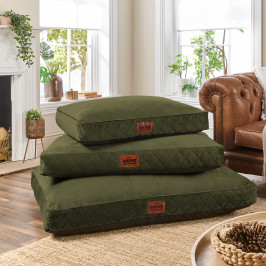
Slumberdown Paws for Slumber Olive Green Pet bed, Medium
£39.00
Shop Now -
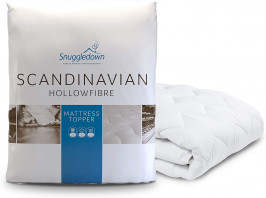
Snuggledown Scandinavian Hollowfibre Mattress Topper - Super King
£35.50
Shop Now


